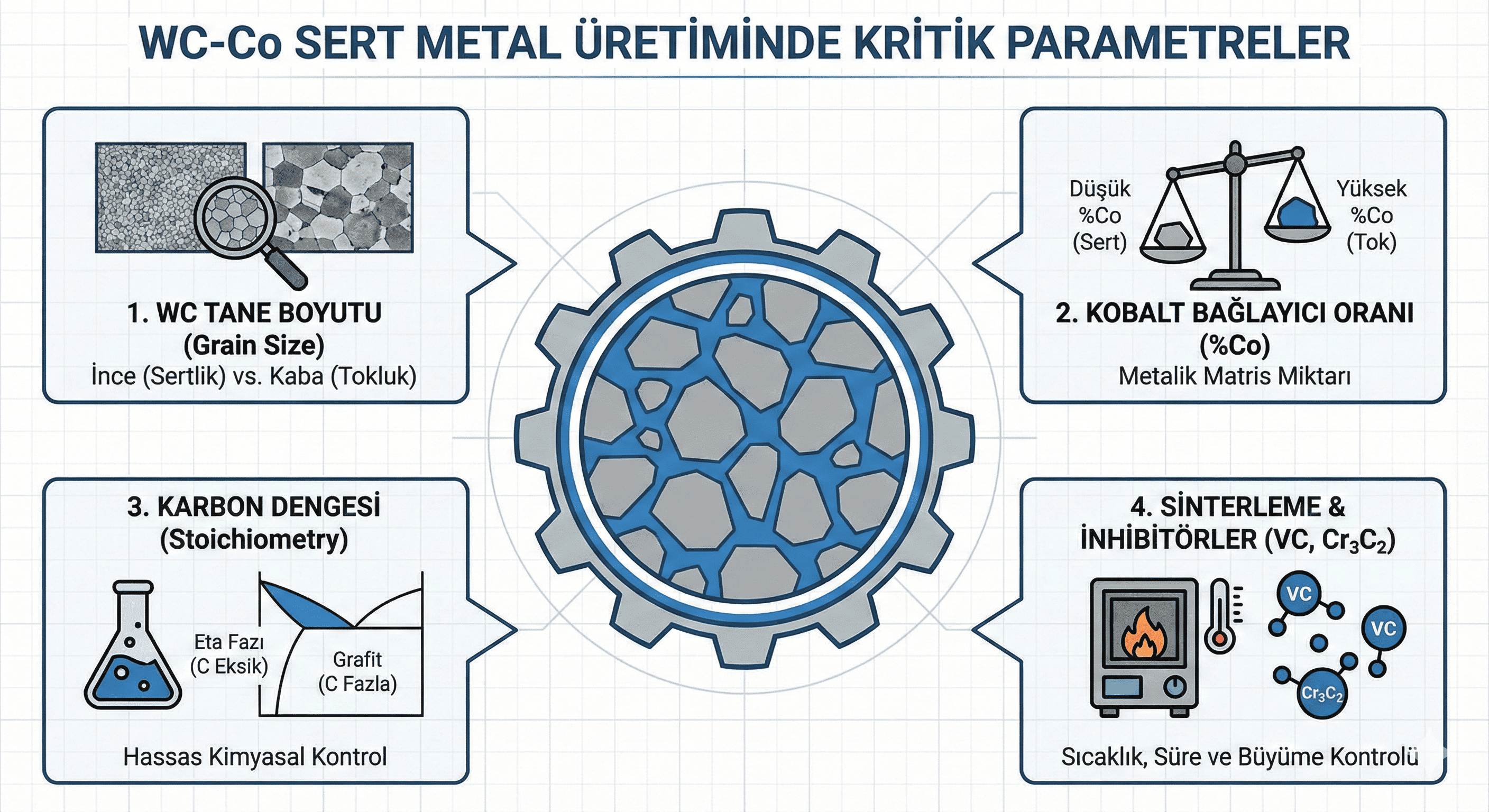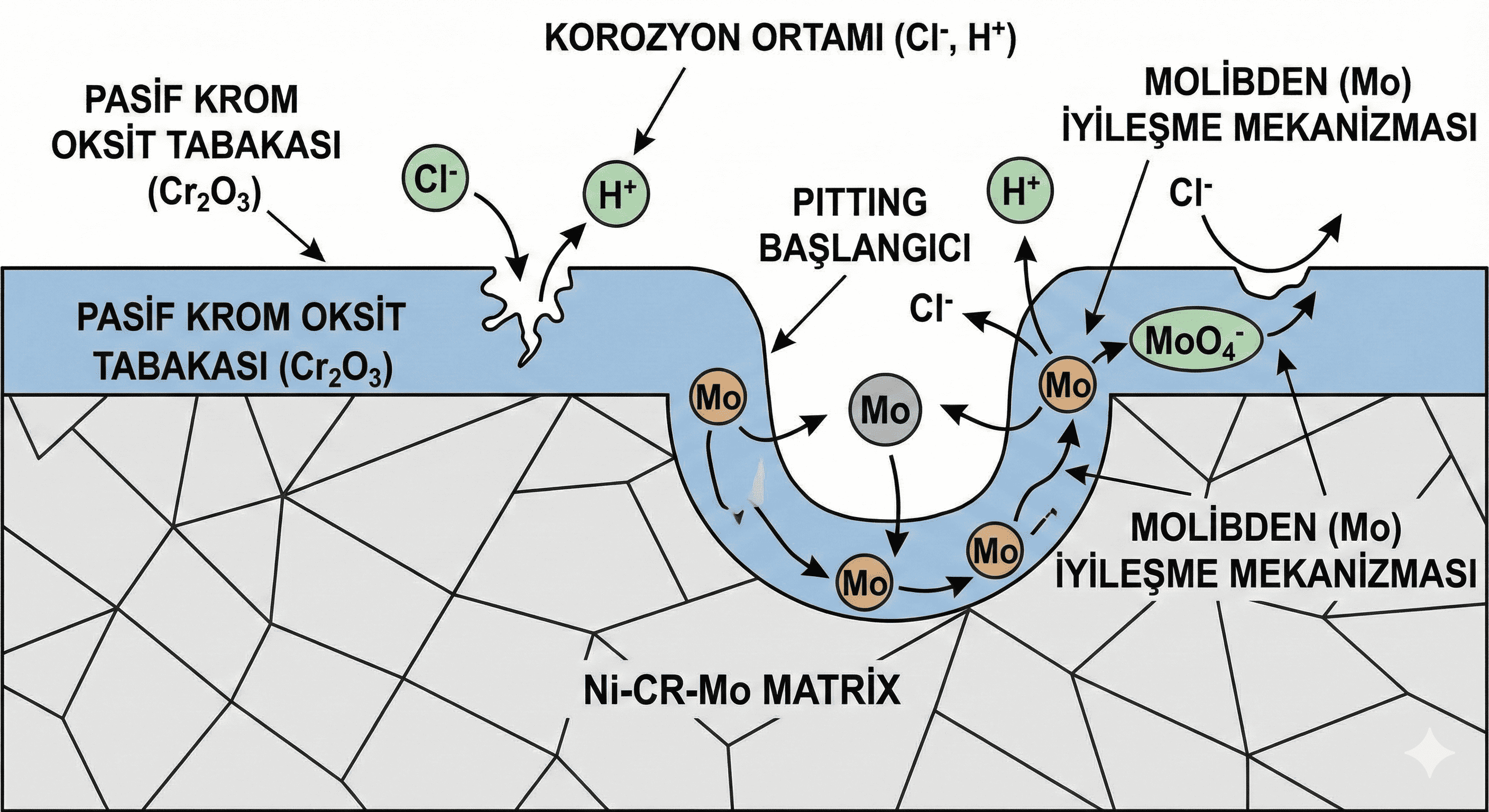Tin Nanoparticles: Properties, Synthesis, and Applications
Introduction
Tin nanoparticles (Sn NPs) are microscopic particles of tin with diameters ranging from a few nanometers to several hundred nanometers. Due to their unique size-dependent properties, tin nanoparticles have gained significant interest in various fields, including electronics, energy storage, and catalysis. This article explores the properties, synthesis methods, and applications of tin nanoparticles.
Chemical Properties
- Composition: Tin nanoparticles are composed of elemental tin. They can exist in several oxidation states, but the most common forms in nanoparticle applications are Sn(0) (metallic tin) and Sn(IV) (tin dioxide).
- Reactivity: Tin nanoparticles are generally more reactive than bulk tin due to their high surface area. They can oxidize rapidly in air, forming tin(II) oxide (SnO) or tin(IV) oxide (SnO²). Their reactivity can be beneficial in catalytic processes but requires stabilization or protection in some applications.
- Surface Chemistry: The surface of tin nanoparticles can be modified with various functional groups or coatings to enhance stability, prevent oxidation, or improve compatibility with other materials. Surface modifications are crucial for tailoring the properties of tin nanoparticles for specific applications.
Physical Properties
- Size and Shape: Tin nanoparticles typically range in size from 1 to 100 nanometers. They can be spherical, rod-shaped, or have other geometries depending on the synthesis method. The size and shape of the nanoparticles significantly influence their physical and chemical properties.
- Density: The density of tin nanoparticles is lower than that of bulk tin due to the increased surface area and potential voids within the particles. The density can affect their performance in applications such as catalysts or conductive materials.
- Mechanical Properties: Tin nanoparticles exhibit different mechanical properties compared to bulk tin, including altered hardness and flexibility. These properties are influenced by the size and surface characteristics of the nanoparticles.
- Thermal Properties: Tin nanoparticles have lower thermal conductivity than bulk tin due to increased surface scattering of phonons. Their thermal properties can be tailored for specific applications, such as in thermal management or energy storage devices.
- Optical Properties: The optical properties of tin nanoparticles, including their absorption and scattering characteristics, are influenced by their size and shape. They can be used in optical applications such as sensors or imaging.
Synthesis Methods
- Chemical Vapor Deposition (CVD): CVD involves the deposition of tin vapor onto a substrate, where it condenses to form nanoparticles. This method allows for precise control over particle size and morphology.
- Sol-Gel Method: In the sol-gel process, tin precursors are dissolved in a solution to form a gel. The gel is then dried and calcined to produce tin nanoparticles. This method can produce nanoparticles with controlled size and distribution.
- Hydrothermal Synthesis: Tin nanoparticles can be synthesized using hydrothermal methods, where tin precursors are reacted in an aqueous solution under high temperature and pressure. This method allows for the production of high-purity nanoparticles with controlled characteristics.
- Chemical Reduction: Tin nanoparticles can be produced by chemically reducing tin salts using reducing agents. This method typically involves dissolving tin salts in a solution and adding a reducing agent to precipitate tin nanoparticles.
- Laser Ablation: In laser ablation, a tin target is irradiated with a high-energy laser in a vacuum or inert gas environment. The tin vaporizes and condenses to form nanoparticles.
- Microemulsion Method: This method involves dispersing tin precursors in a microemulsion system, where nanoparticles are formed through chemical reactions. The size and shape of the nanoparticles can be controlled by adjusting the properties of the microemulsion.
Applications
- Electronics: Tin nanoparticles are used in electronics for applications such as soldering and conductive inks. They provide excellent electrical conductivity and are used in various electronic devices and circuits.
- Energy Storage: Tin nanoparticles are employed in energy storage devices, such as lithium-ion batteries and supercapacitors, due to their high surface area and ability to accommodate lithium ions or other charge carriers.
- Catalysis: Tin nanoparticles are used as catalysts or catalyst supports in various chemical reactions, including oxidation and reduction processes. Their high surface area and reactivity make them effective in catalysis.
- Sensors: Tin nanoparticles are utilized in sensors for detecting gases, chemicals, or biological molecules. Their sensitivity and ability to interact with target molecules make them suitable for various sensing applications.
- Biomedical Applications: Research is ongoing into the use of tin nanoparticles in biomedical applications, including drug delivery, imaging, and therapy. Their biocompatibility and ability to be functionalized make them promising candidates for these applications.
- Optical and Photonic Devices: Tin nanoparticles are used in optical and photonic devices due to their unique optical properties, including plasmonic effects. They are employed in applications such as imaging, spectroscopy, and light manipulation.
Safety and Handling
- Toxicity: Tin nanoparticles are generally considered to have low toxicity, but inhalation of fine dust or prolonged exposure should be avoided. Proper safety measures should be followed to minimize health risks.
- Protective Measures: When handling tin nanoparticles, use appropriate personal protective equipment (PPE) such as dust masks, safety goggles, and gloves. Work in a well-ventilated area or fume hood to reduce exposure to airborne particles.
- Storage: Store tin nanoparticles in airtight containers to prevent contamination and oxidation. Keep them in a cool, dry place to maintain stability and prevent degradation.
Conclusion
Tin nanoparticles offer a range of valuable properties, including high electrical conductivity, catalytic activity, and optical characteristics. Their unique size-dependent properties make them suitable for various applications in electronics, energy storage, catalysis, and biomedical fields. Understanding their synthesis methods, properties, and safety considerations is essential for effectively utilizing tin nanoparticles in advanced technologies and industrial processes.
Feel free to ask if you have more questions or need additional information!





